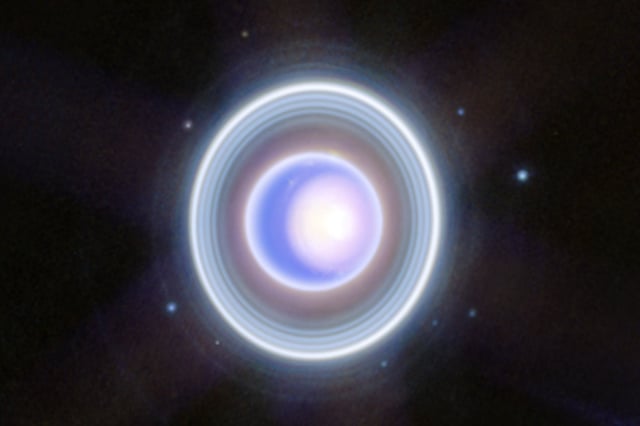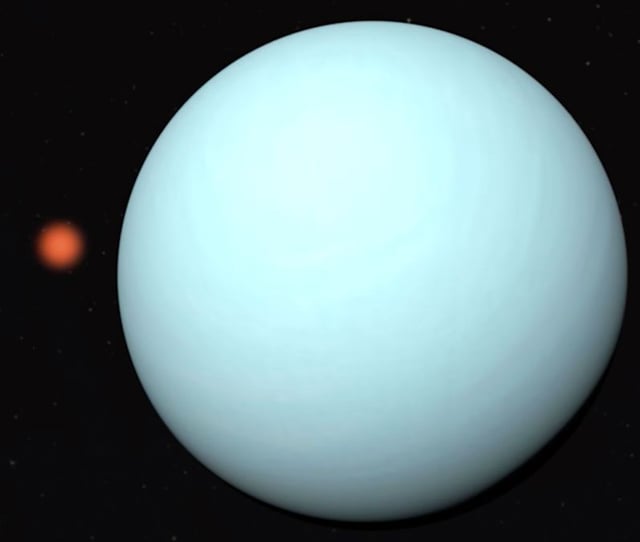Overview
- NASA's Langley Research Center coordinated an international team of over 30 astronomers using 18 observatories to observe the rare stellar occultation.
- The event yielded detailed measurements of Uranus' stratospheric temperature, density, and pressure across multiple altitudes using light curve analysis.
- Scientists refined Uranus' orbital position to within about 100 miles, a significant improvement for future mission planning.
- The April 2025 campaign builds on a November 2024 test run and marks the first large-scale Uranus occultation study since 1996.
- Preparations are underway for additional occultations through 2031, including a brighter star event anticipated that year, to deepen understanding of Uranus' atmosphere and rings.


